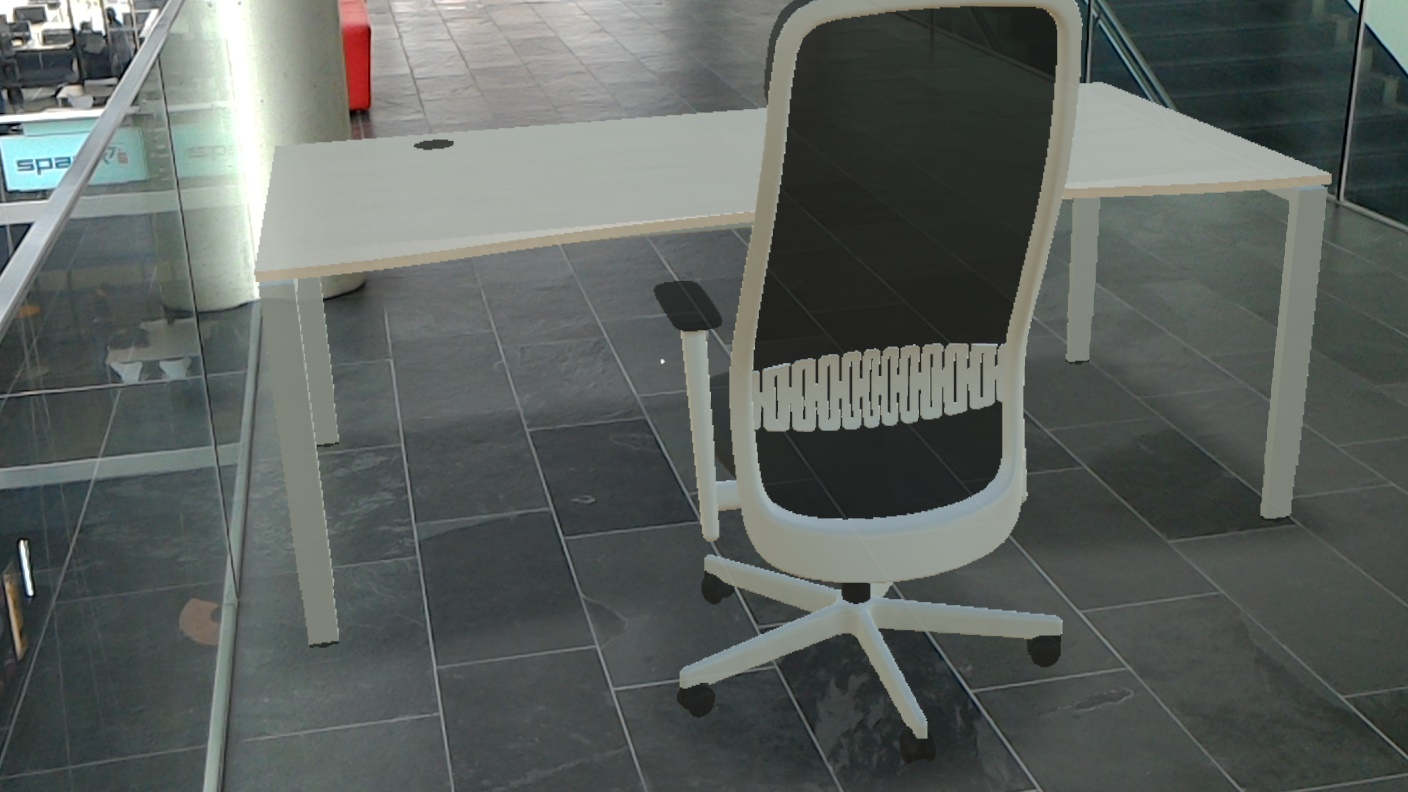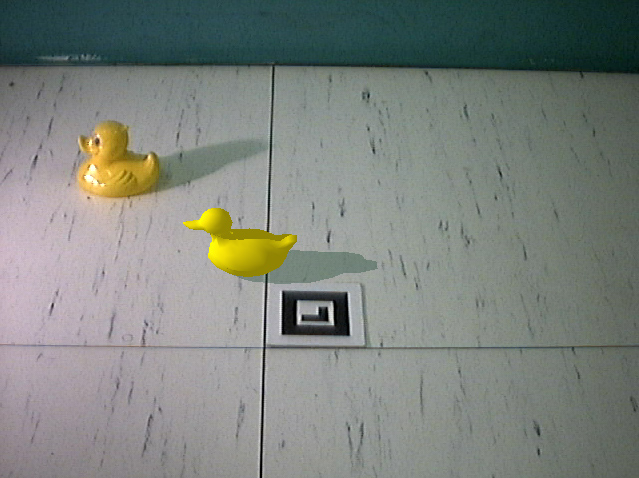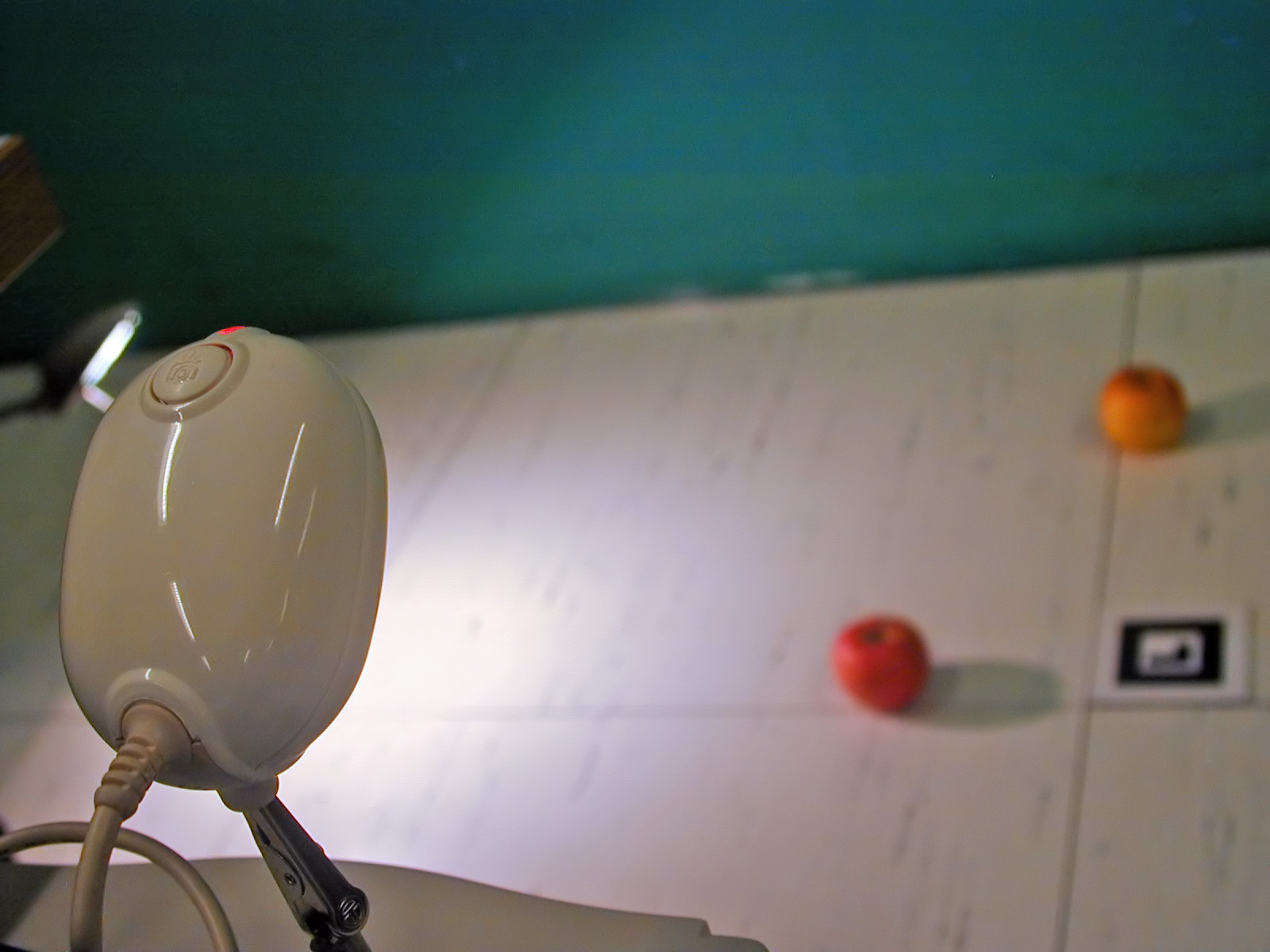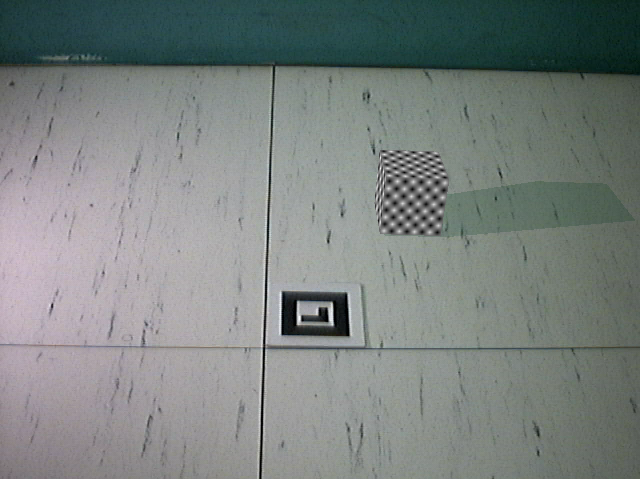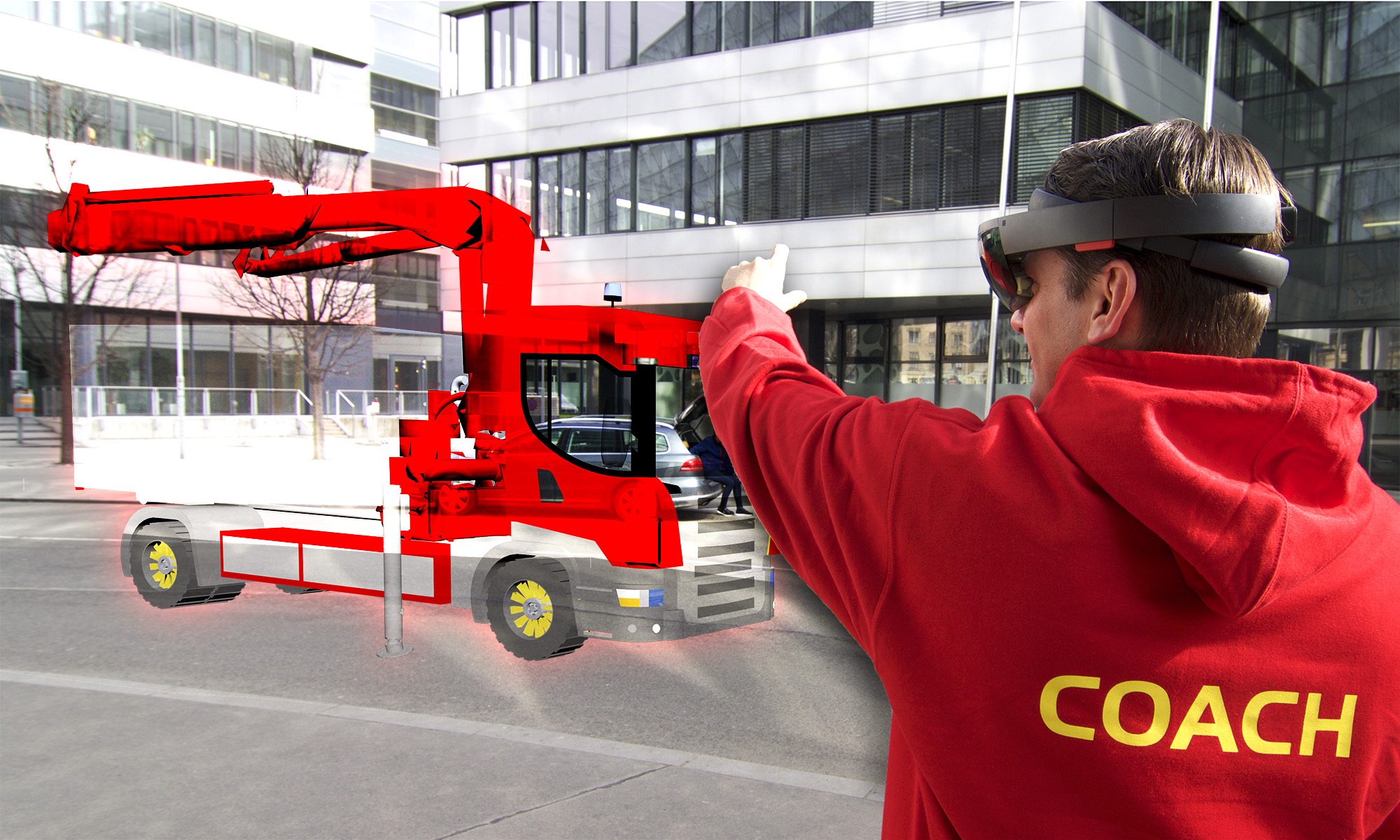Shadows are immensly important for the perception of Augmented Reality scenes. If the holographic 3D object that is placed in the real world has a shadow, it fits better to the world, and users have a better understanding of its placement in the world. This is the result of the study I’ve done some time ago, detailled in the blog posts: Part 1, Part 2, Part 3. How to apply this to Microsoft HoloLens? Negative Shadows are the answer.
HoloLens and Holographic Shadows?
For the HoloLens, rendering shadows is special. The HoloLens displays are light-based – as such, they can add light to a real-world scene. However, they cannot reduce light or darken parts of the real world. If you add a traditional dark shadow to a scene, it simply won’t be visible in the HoloLens.
